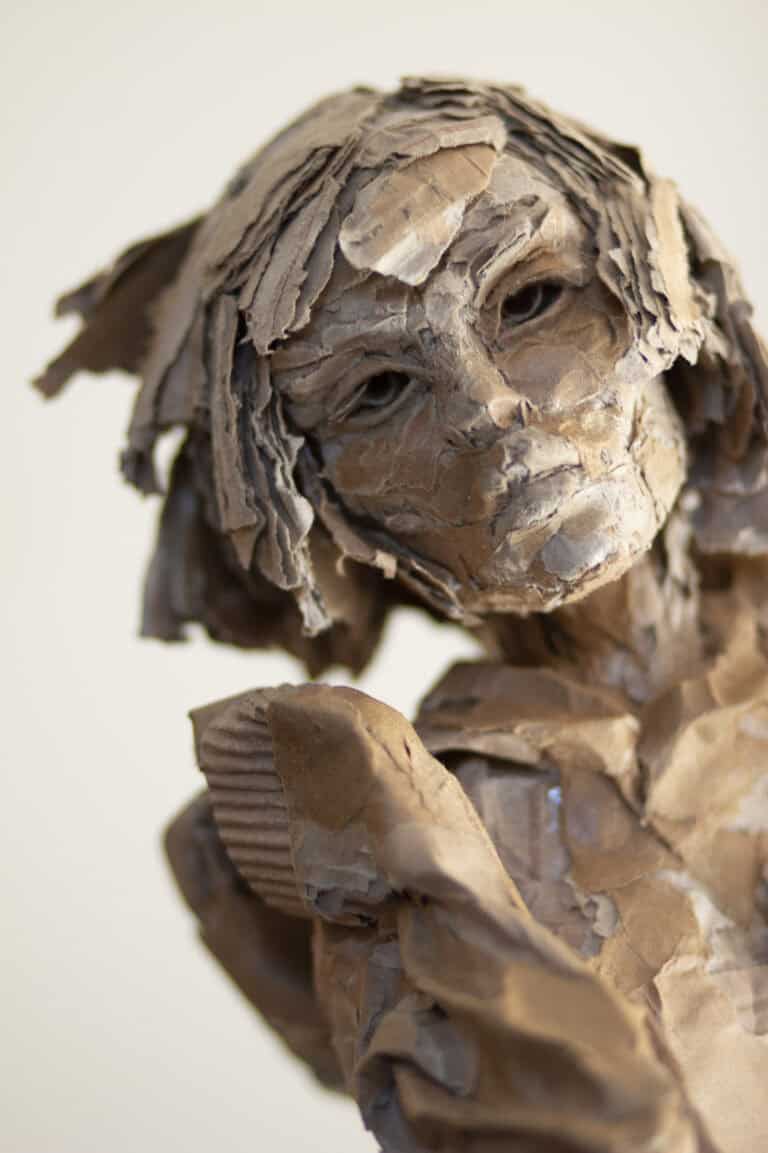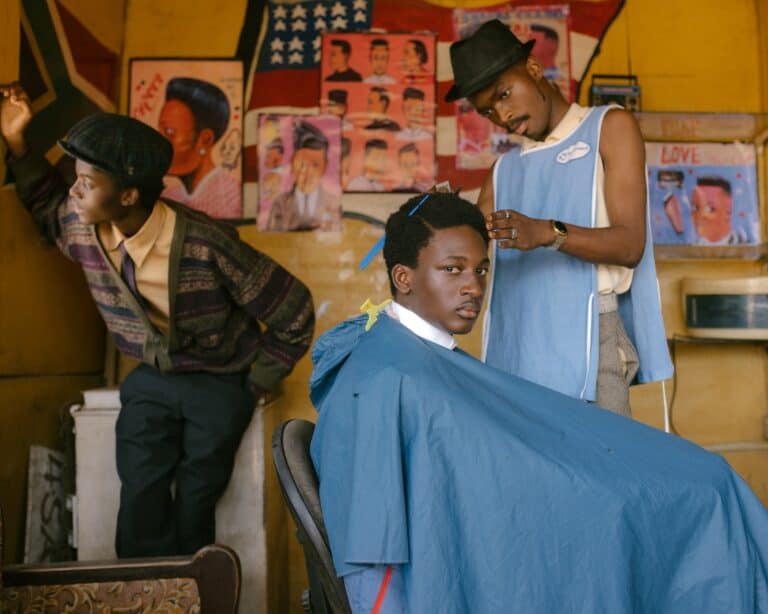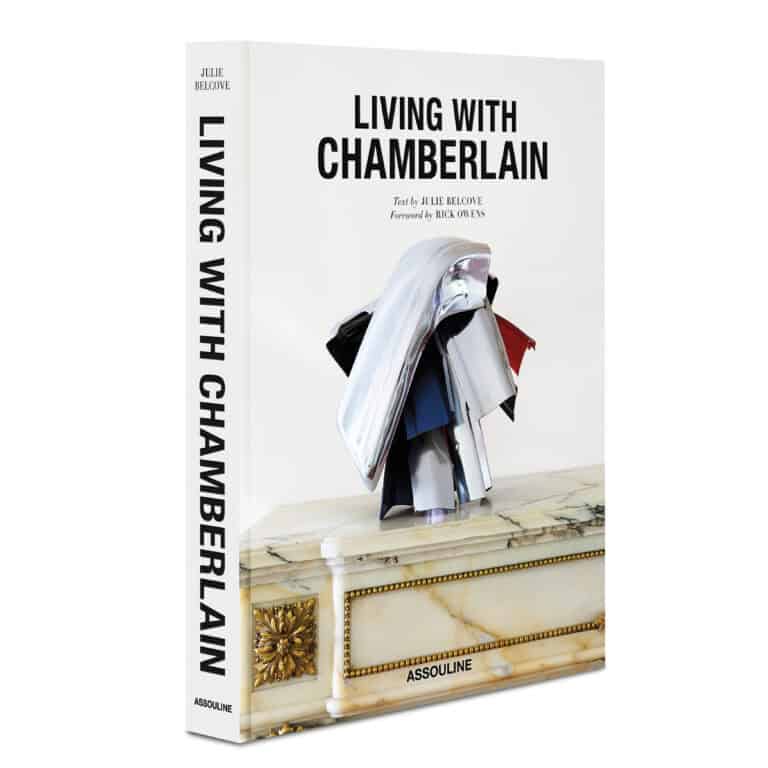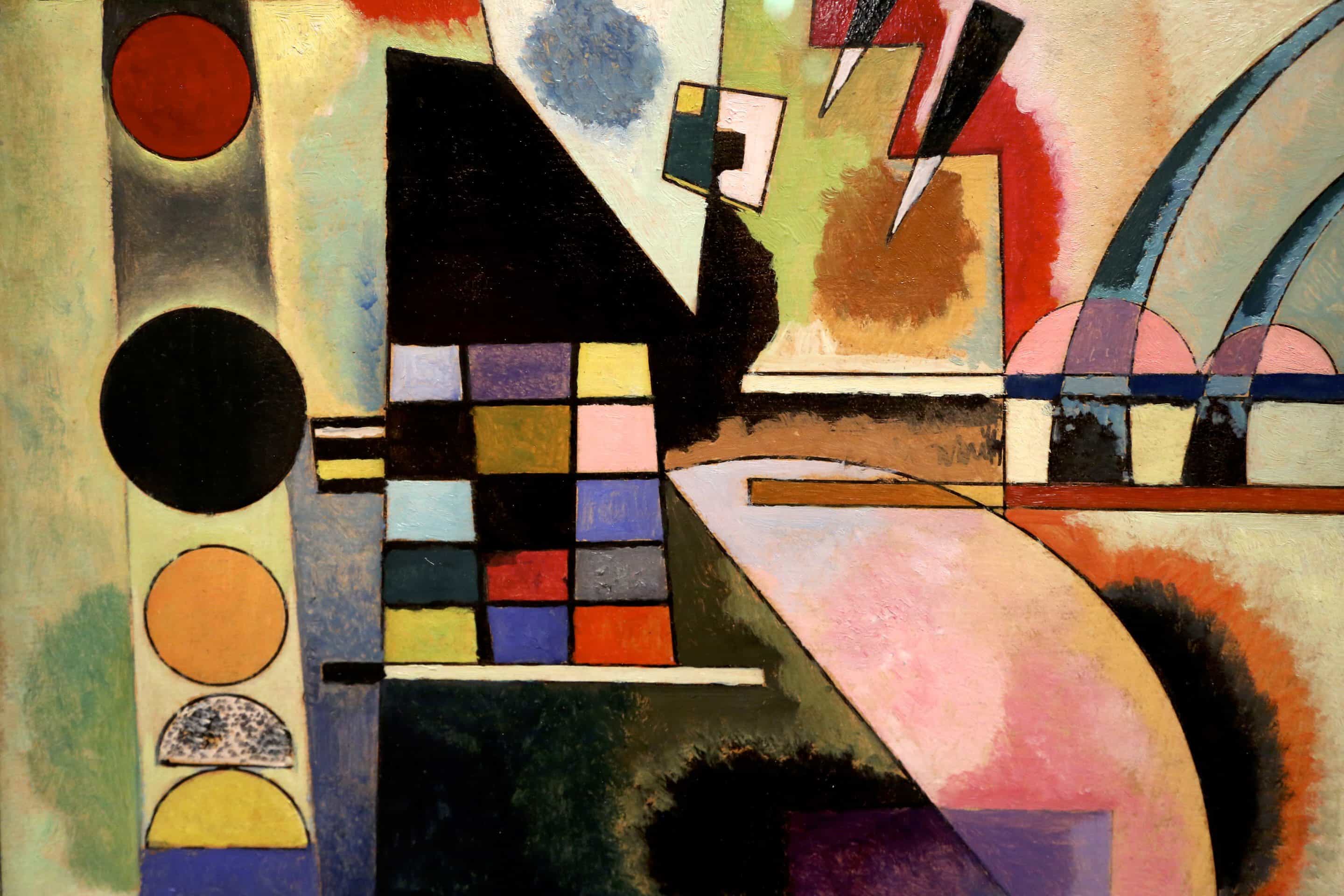
Shape of Light: 100 Years of Photography and Abstract Art
Natasha Hall

A major new exhibition has opened at Tate Modern London revealing the intertwined stories of photography and abstract art. Francis Morris, the director of Tate Modern described how it was the first show of this scale to address photography in relation to abstraction. The above section of the iconic painting by Wassily Kandinsky entitled ‘Swinging’ is the first artwork to greet viewers as they enter the exhibition.
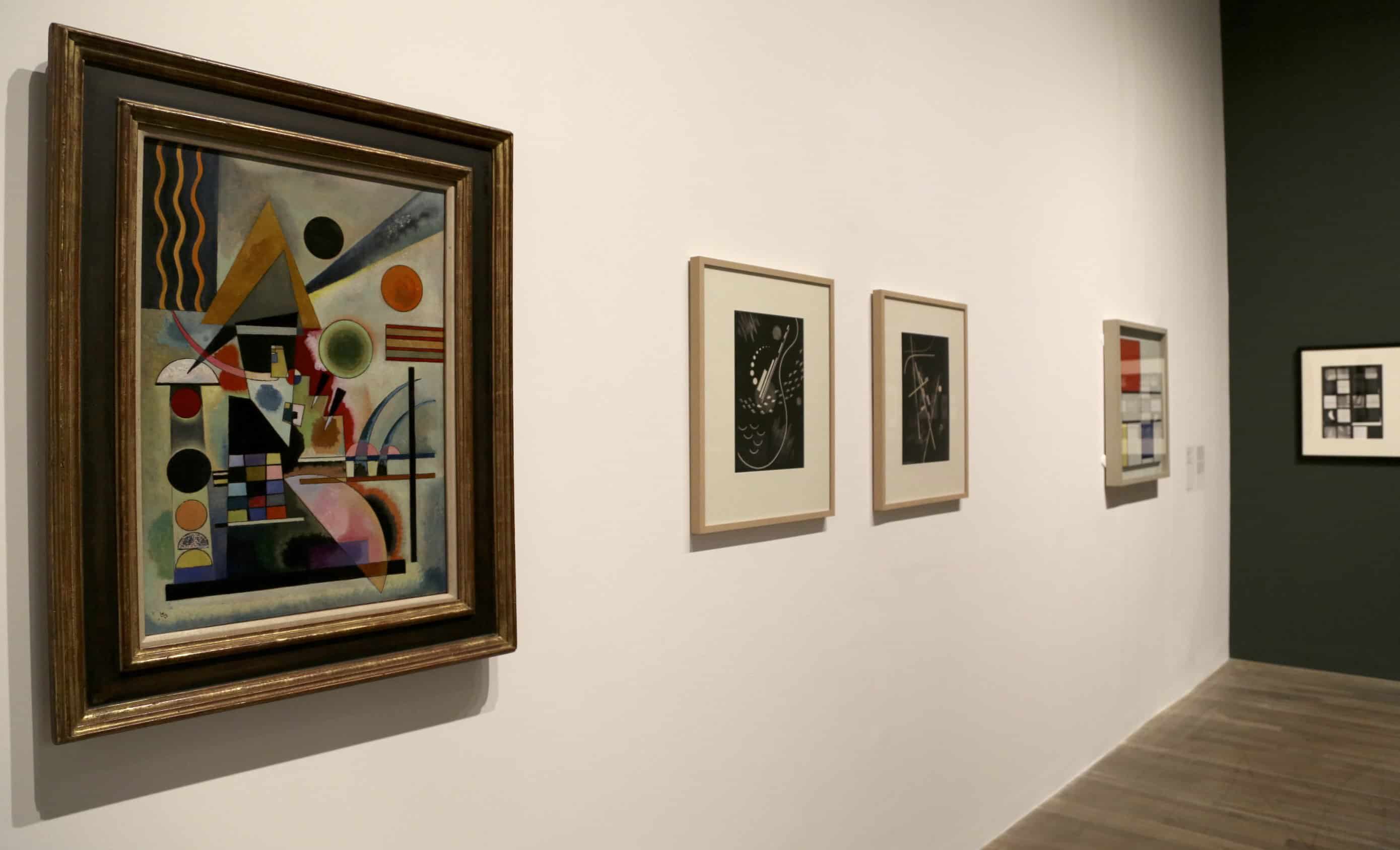
Wassily Kandinsky (1925) Swinging’, 705 x 502mm
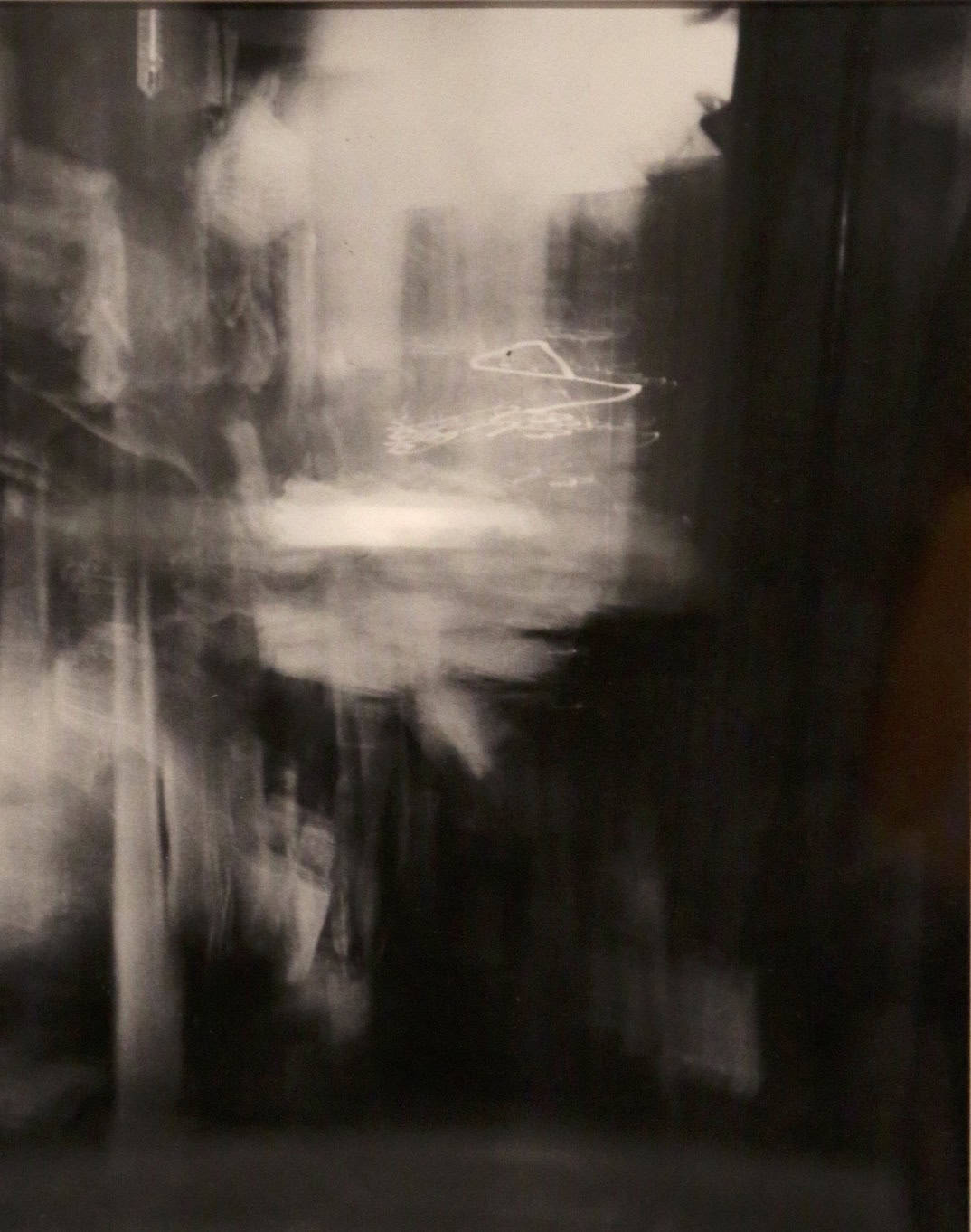
One of the highlights of the show are the series of Unconcerned Photographs by Man Ray from 1959. They were created by swinging a Polaroid camera on its strap at random around his studio in Paris. Rather than focusing on experimentation or expression, they played with chance, gesture and the absurd. They were created in response to Grace Mayer’s invitation to submit work for inclusion in The Sense of Abstraction exhibition at MoMA.
IRK Magazine secured an exclusive interview with Sarah Allen, the assistant curator of the show:
IRK: Its a fantastic show. I love the way that you have gone towards the contemporary and artists of today being informed by the past. With a multidisciplinary thread to the future. The contemporary room was described as being the pinnacle of the show, yet it is just one room of twelve. Would you have liked more space?
Sarah Allen: Its a really interesting question! I suppose when we were trying to map out the history of abstract photography and how it relates to abstract art. We were restricted in what we could physically fit in. I do think that the contemporary does have that bright and overwhelmingly amazing impact. We hope we have done it justice. It is really important as well to give space to the very important works from the 1920’s, 30’s, 40’s and 50’s. We tried to keep that balance, basically.
IRK: You have done it really well, and I love the way that all of the rooms and themes interconnect. There are so many works, over so many years of investigation, how did the process work logistically? The curator Simon Baker mentioned about the connection of the photographs with Pollock. Was there a desire to get a Pollock in that room?
Sarah Allen: Yes! What we have done is focused on these moments of radical innovation in photography. Those moments when photography and abstract art really spoke to each other. So for example in the Jackson Pollock room, we have a small Jackson Pollock. It’s not one of his monumental, huge works that you will be familiar with. We have kind of tried, in each case, to make those pairings, to show a level of influence and emulation that happened between photographers and abstract artists.
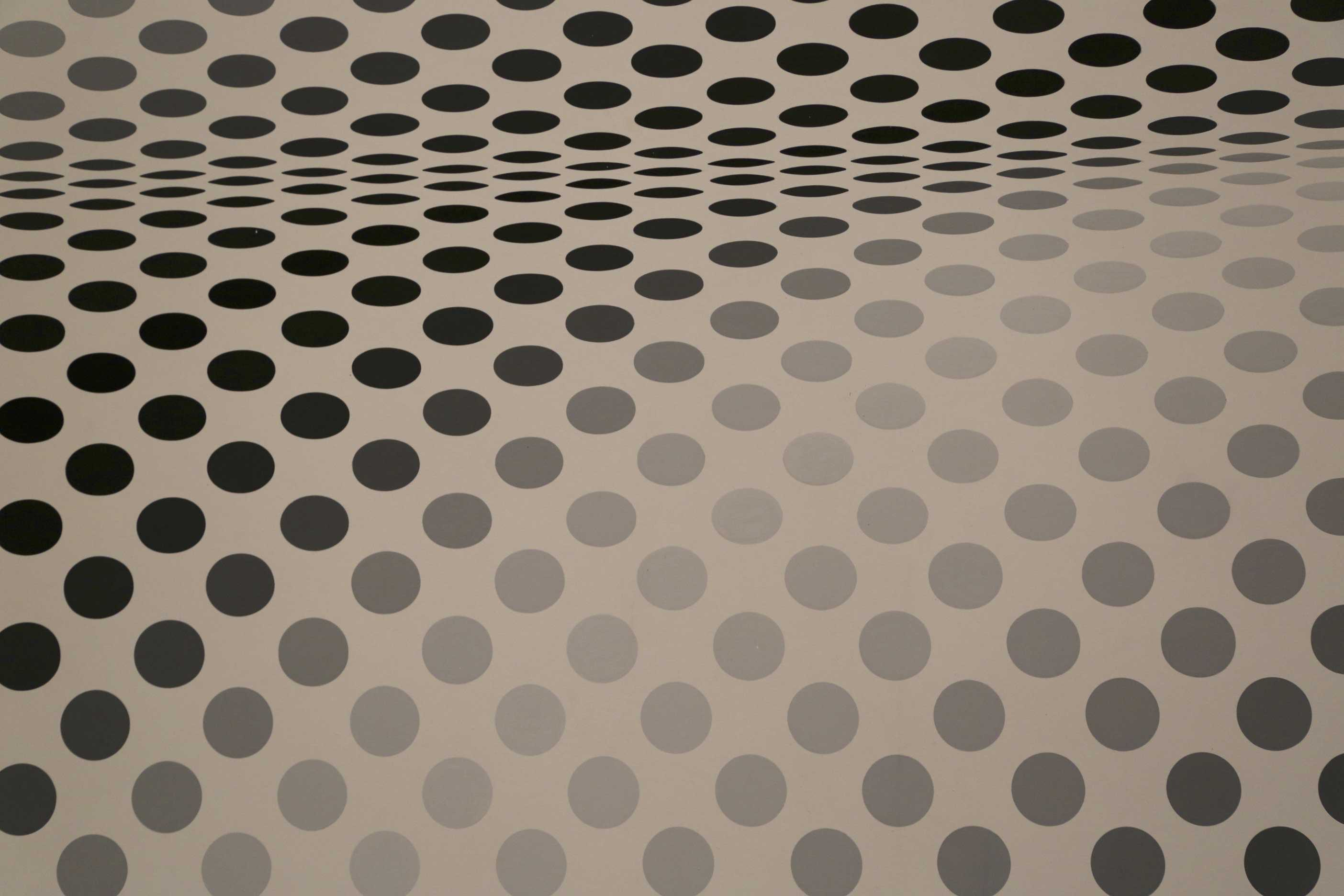
IRK: Yes, you definitely capture that dialogue as you go through the exhibition. It is so surprising to see Kandinsky, Mondrian and Bridget Rilley, all dotted around!
Sarah Allen: Yeah! I know! Its a real showcase of the Tate’s collection, because the majority of the paintings and sculptures are drawn from Tate’s collection. What I would hope is that visitors will come and see iconic paintings that they might know very well, but through a completely different lens, because they wouldn’t have seen it in this context, in the context of abstract photography.
IRK: Thats a really lovely description. What about the photographs, are they also from the Tate collection?
Sarah Allen: A large proportion of the exhibition is drawn from our own collection of photography but we also have 57 lenders to the show, so a lot of loans of photographs as well, so its a nice balance.
IRK: How did you go about selecting the works for inclusion? I can see on the historic level there are interconnections between the works but with the contemporary room, and the commissioned work, what was the selection procedure for those contemporary artists?
Sarah Allen: Yeah, its an interesting question, I suppose its important to emphasise that we are not trying to tell the history of every abstract photograph that had ever been taken, because it would be quite impossible. But we are trying to, with the work of Maya Rochat has been chosen because of her interdisciplinary approach to photography, she is someone working across, trying to incorporate painting, projection and sculptural elements into these very immersive environments. So that was the thought process about her selection.
IRK: So interdisciplinary artists became a focus in the selection of contemporary artists?
Sarah Allen: Absolutely, so artists using other media, and all the tools available to create new work. And what is really interesting to think of as well is that photography and photographers were often exhibiting alongside abstract artists, for example Carl Andre, Edward Roscha and Lewis Baltz were all exhibited together in New York, so it is really trying to emphasise that photography was happening within the history of art. That photographers were working with painters and sculptors, and those two histories should be intertwined and interwoven.
IRK: Whereas now the artists themselves are photographers, makers and sculptors, so its becoming focused less on medium and more on the title of artist.
Sarah Allen: Absolutely, you move from a moment when I guess in the early rooms where the notion of photography is more distinct as what a photograph was, was more clear and more defined, to a moment where actually those definitions aren´t as useful anymore. The distinctions are dissolving, and that is what is really interesting in the show.
IRK: Absolutely, and you have really taken an international perspective with the work of the Chinese artist Lou Bonian exhibited for the first time outside of China.
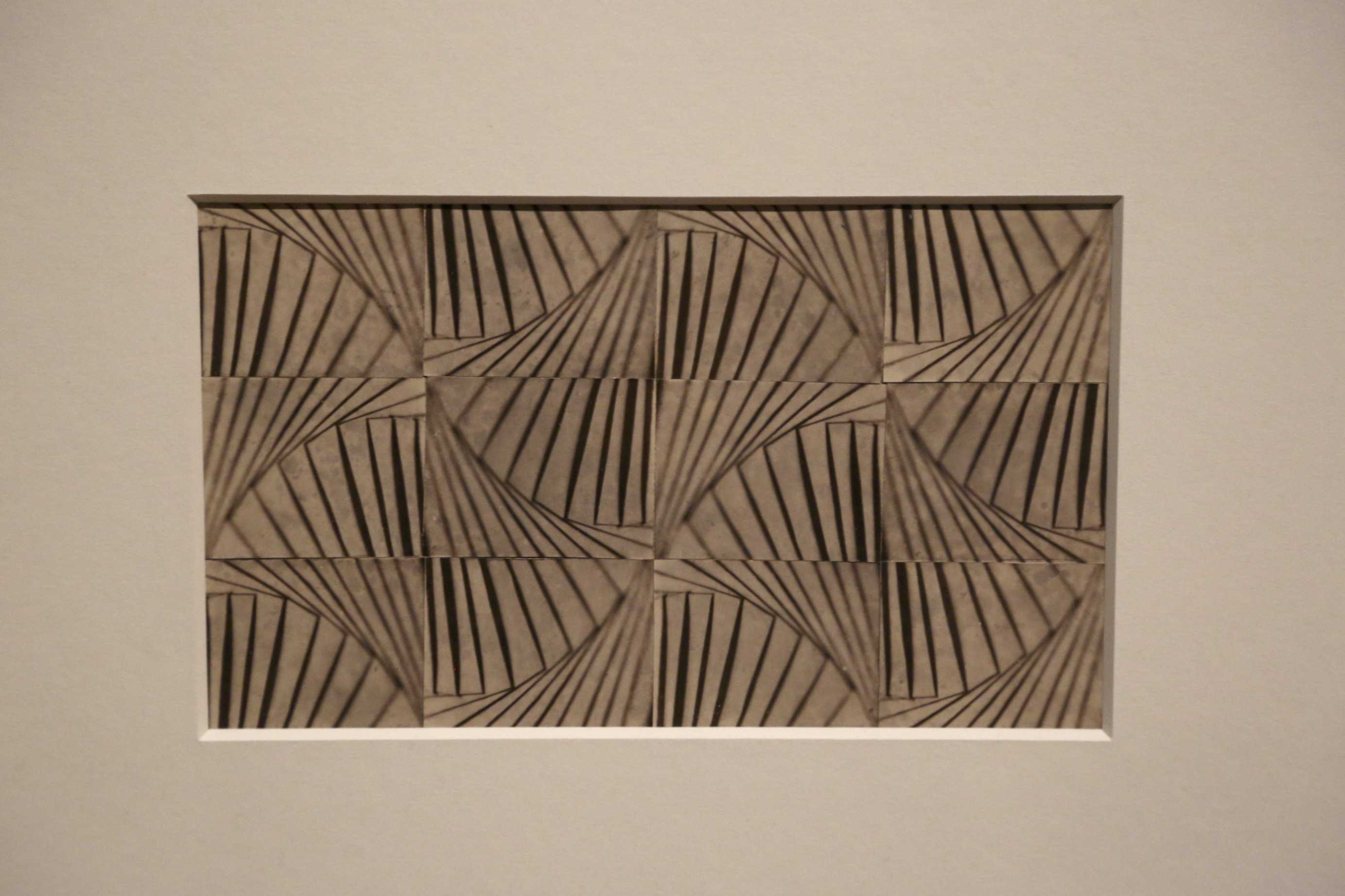
Luo Bonian (1930’s) Untitled: Kaleidoscopic collages using original prints sourced from leaves, iron fences and shadows, broken down into unrecognisable fragments. Luo was a banker and part of a growing community of photographers in China in the 1930’si, who had access to international journals & touring exhibitions.
Sarah Allen: Yes, Tate always tries to take a very international viewpoint in our programming and collection displays and acquisitions, and it is something we are very dedicated to, and this show is a good reflection of that, as we have got amazing work by Japanese artists working in a very similar way to photographers from Latin America. Lou Bonian, the little known Chinese artist exhibited for the first time in the UK, so hopefully that will be a nice surprise for some visitors, with his amazing collages of cut up photographs arranged into patterns, and then photographing those still life arrangements. Alongside obviously North American, European artists, we have managed to cover the globe!
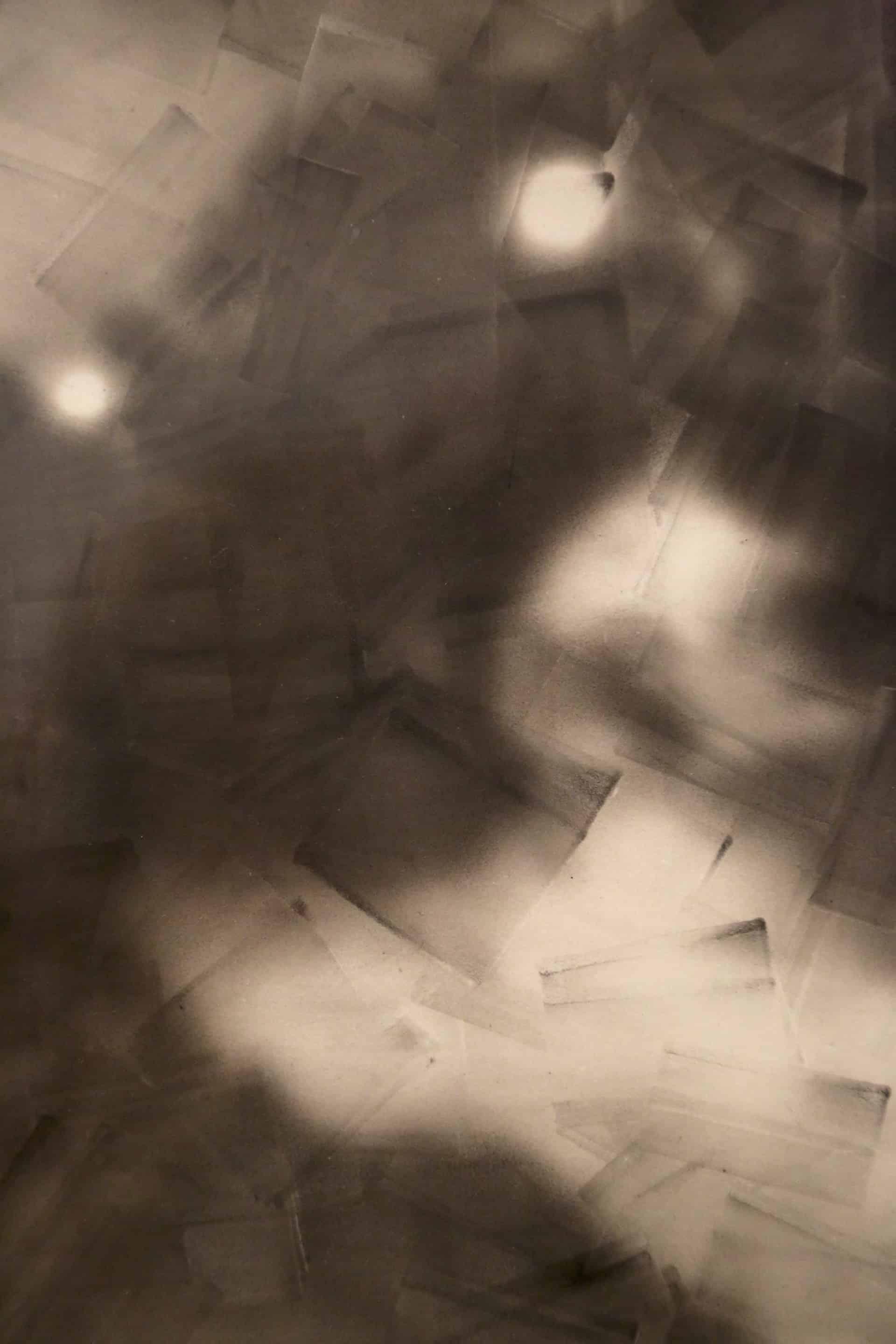
IRK: Yes its a fantastic show! Which one is your favourite work?
Sarah Allen: It’s a good question! For a group show that has so many different works and so many different artists, its hard to narrow it down. I would really like to pair the work of Pierre Dubreuil, which is the earliest abstract image we have in the show, who was investigating notions of cubism in photography, so trying to reflect that notion of fractured space, and representing several different moments within one picture frame, and we paired it with a Braques painting, which is very nice.
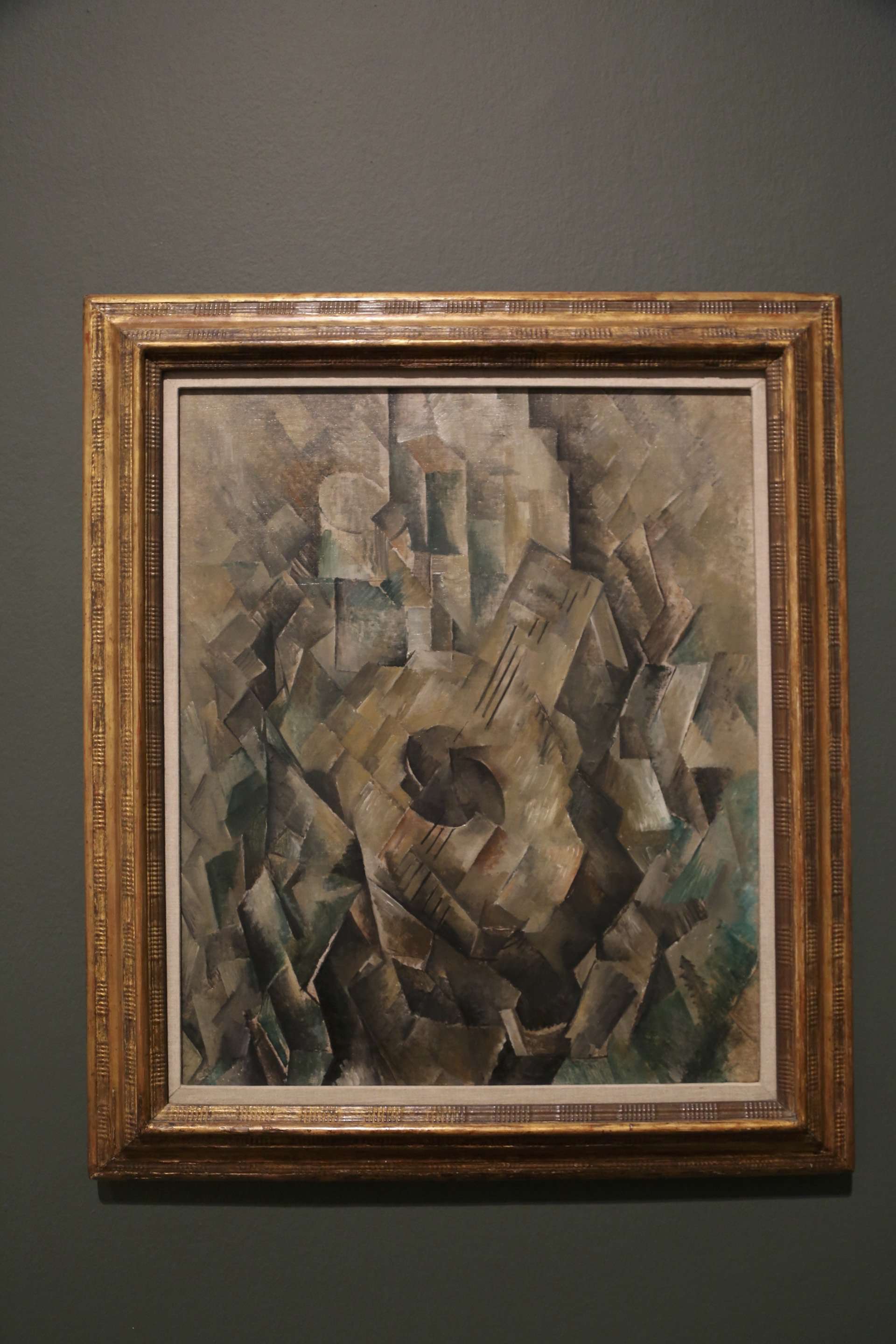
Sarah Allen: But Dubreuil has this amazing quote where he says that ‘chance is the enemy of the photographer’. I thought that it is a really interesting to think of that in relation to Maya Rochat’s work. That is the last piece in the show, and she is an artist who embraces chance, and it is so inherent and intrinsic to her practice. She never knows how the final piece is going to look, nothing is predetermined, so when she came to Tate last week, to make that installation, she didn’t have an idea of what it would look like, and chance an accident makes these fantastically immersive installations as a result.
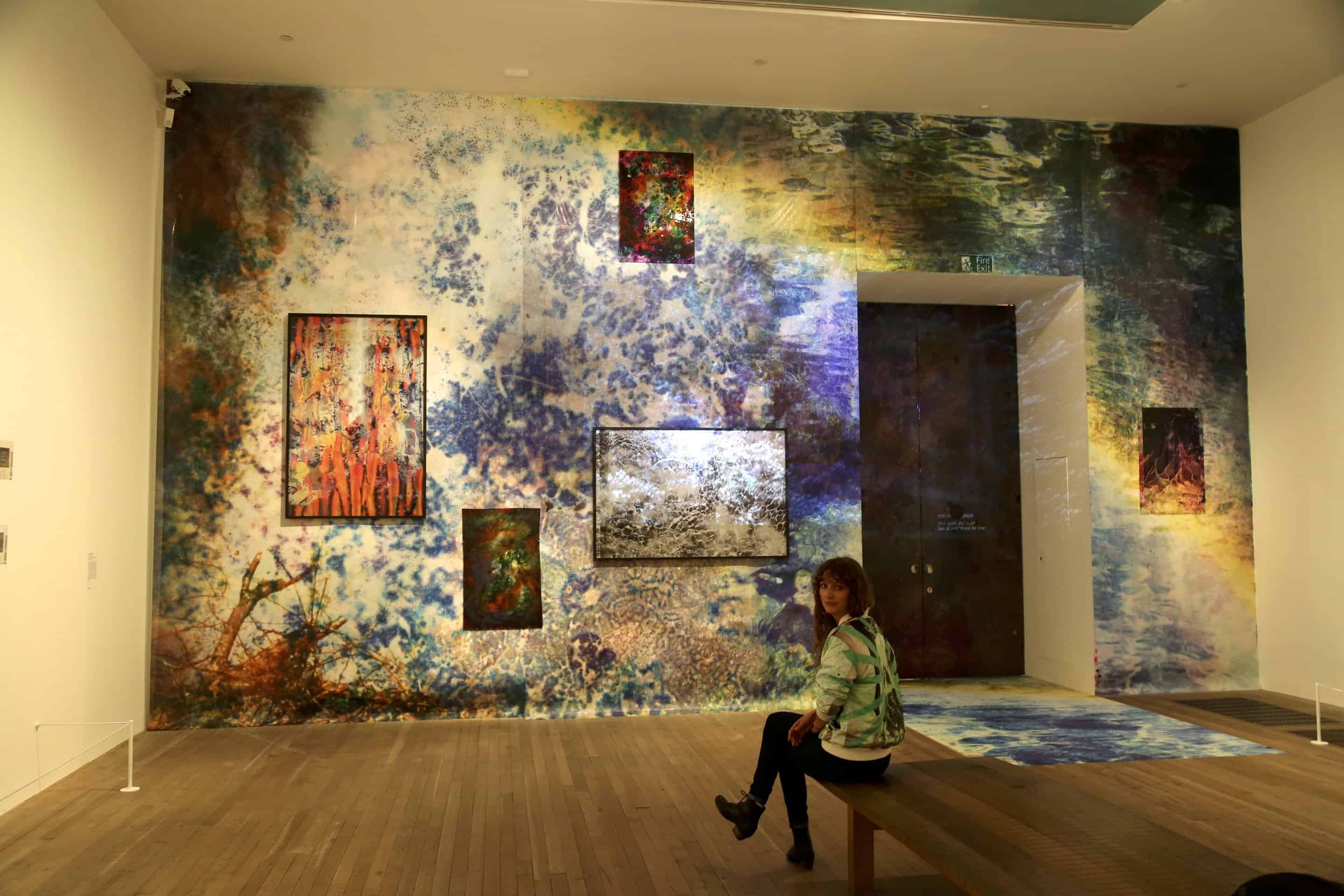
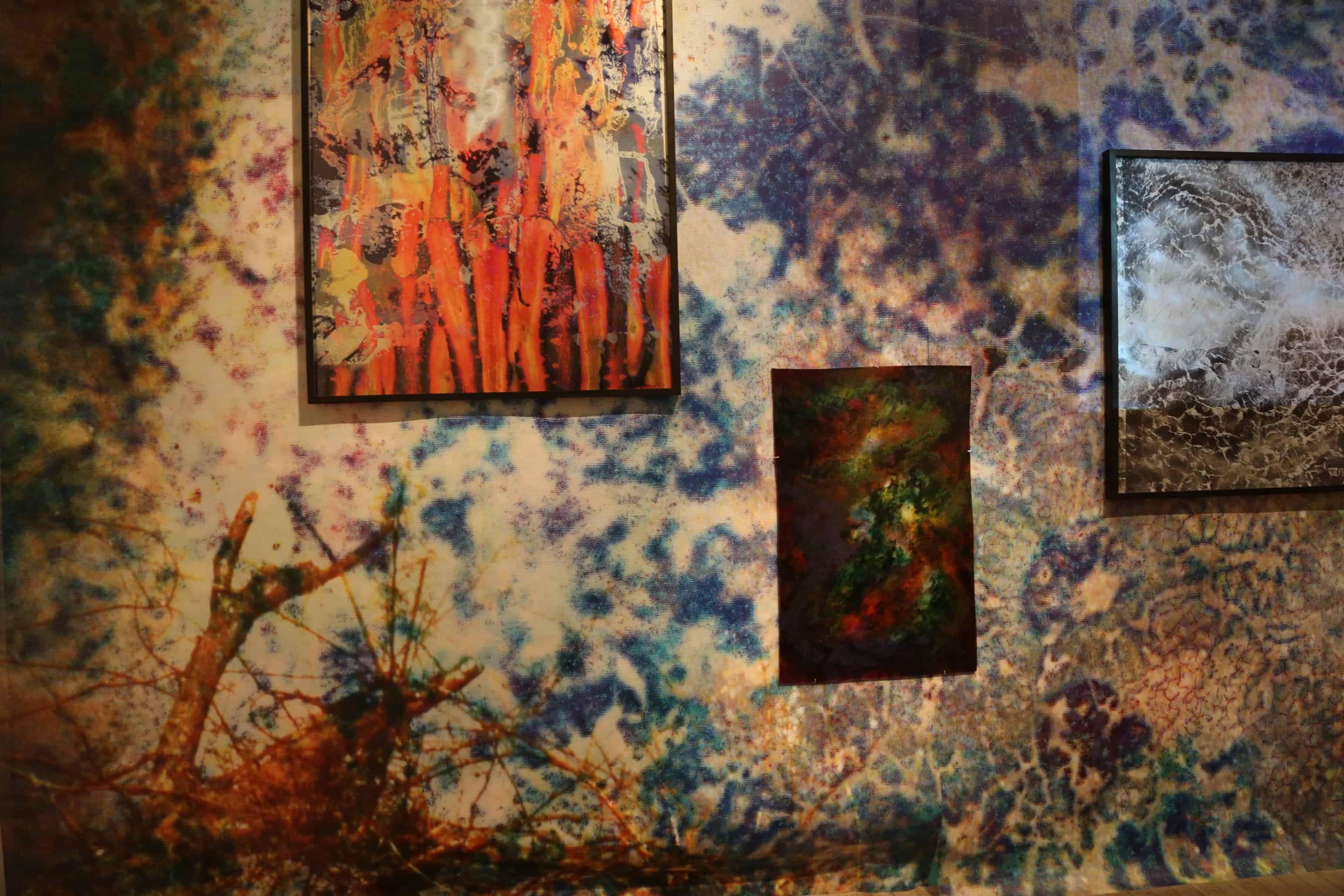
‘How can you be a pioneer in your own time if you’re copying the successes of the past? How can you make an impact with images, when everyone sees so many? I want my images to have a contemporary context. I want them to be images for today’ Maya Rochat 2018.
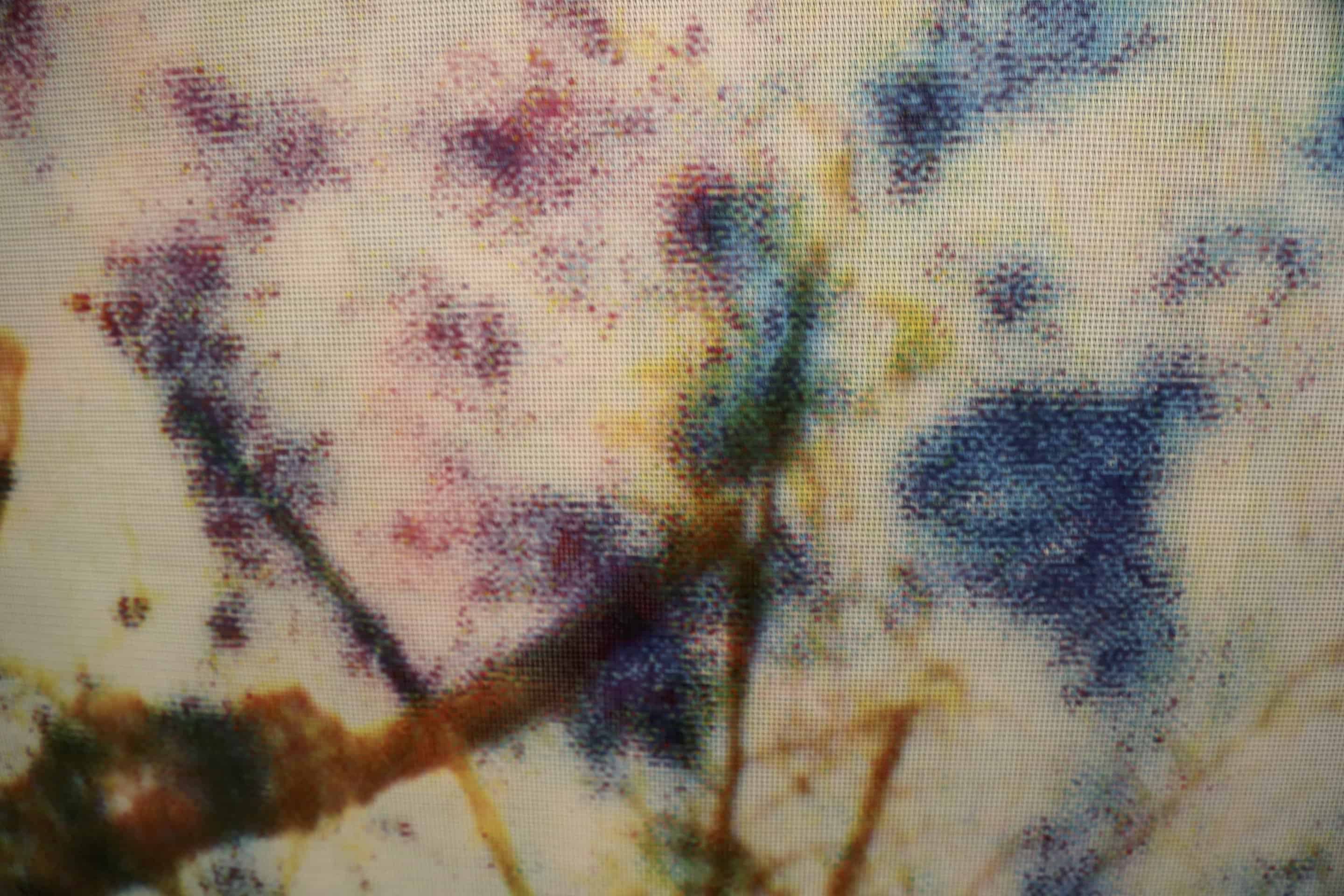
IRK: And she remained calm?
Sarah Allen: Yes, I think we all remained calm and collected, but she got there in the end. It is absolutely fantastic, the layers and the textures. I think that it is a really good work for the viewers to leave the exhibition with. To kind of ponder how far abstract photography has come in a 100 years.
IRK: And where can you see it going?
Sarah Allen: Its a good question!
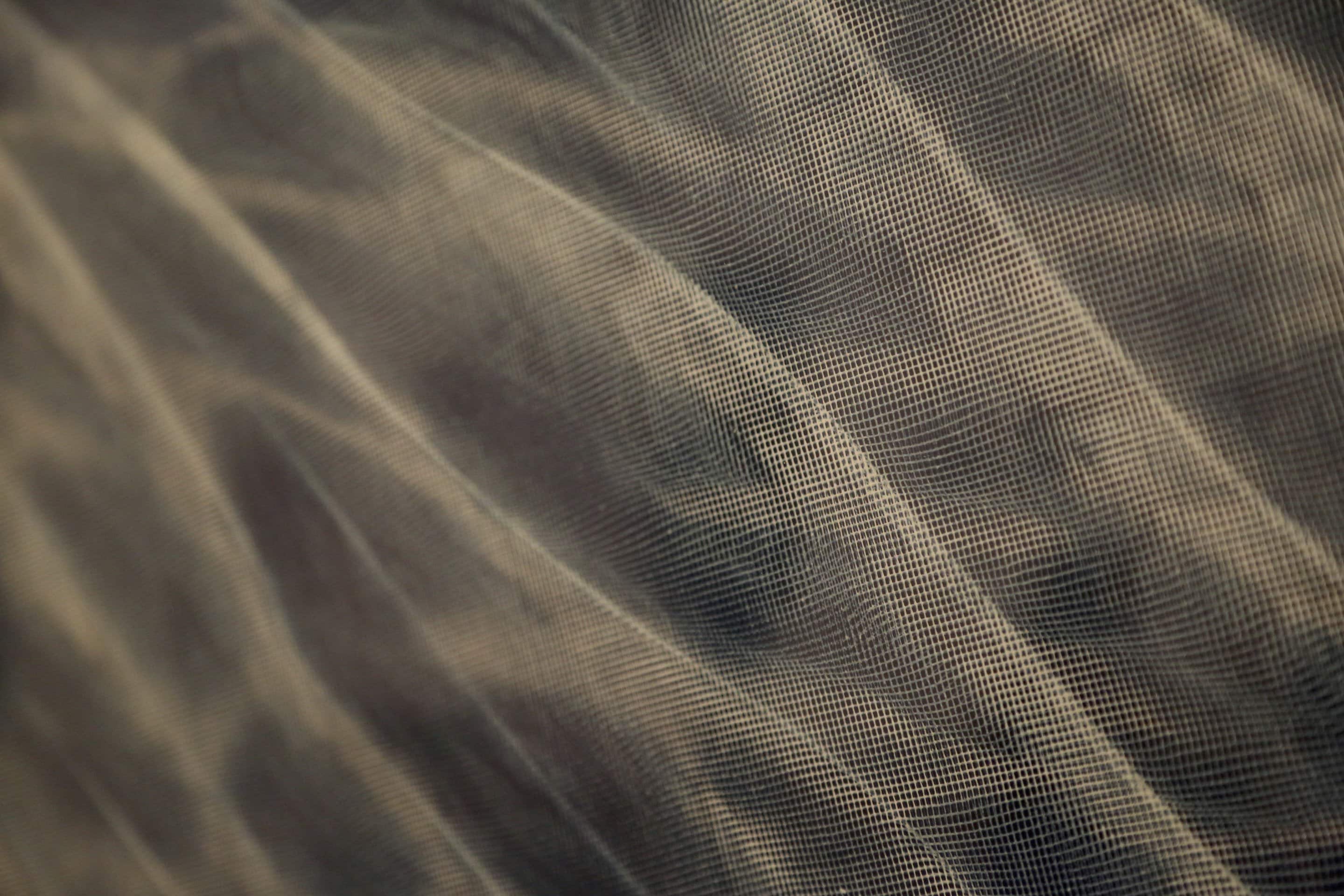
Barbara Kasten (1974-5) Photogenic paintings. These images are cyanotypes, a photographic process discovered by the English scientist and astronomer Sir John Herschel. The paper was treated with photosensitive chemicals before placing textiles and sculptural works on top. Which were moved, folded and rearranged to emphasise their three-diemensional qualities. Creating painterly effects on the surface of the paper, described by the artist as ‘painting in motion’.
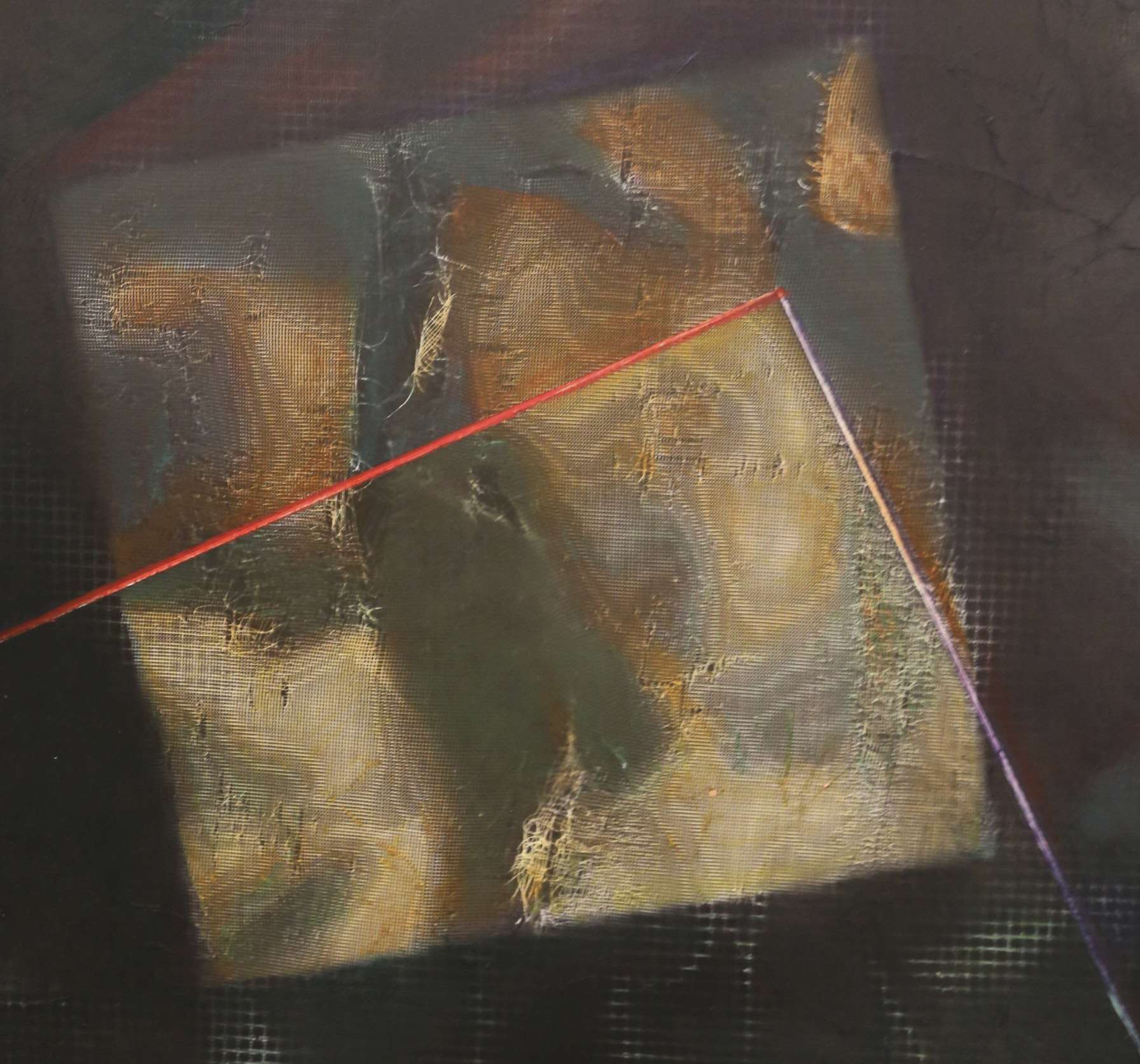
IRK: If there was a room 13, what would be in it?
Sarah Allen: I think the interesting thing is where will it be in the next 100 years! What will the 100 years look like? Well, its funny we are in front of Kaston’s work, as she is the one who is looking at old photography techniques. Cyanotype is as old as photography itself, and was the first technique of photography used to document plant life. She is using it in different ways, in larger, much more abstract.
So in the next 100 years, we will probably, maybe see photographers still looking back to old processes. Looking how to use them in new, different and exciting ways. Also for sure they will be embracing new technology, like Antony Cairns hacking the Kindle screens. I guess where it is going to go, the sky is the limit in terms of what technology is going to be at our disposal in the next 100 years.
IRK: Do you think there might be a return back to the disciplines? Or do you think interdisciplinary work will be the future artists?
Sarah Allen: I think definitely. If today is any indication of tomorrow, those definitions are going to continue to dissolve and be less relevant. But will produce amazing, new and interesting works as a result, I think.
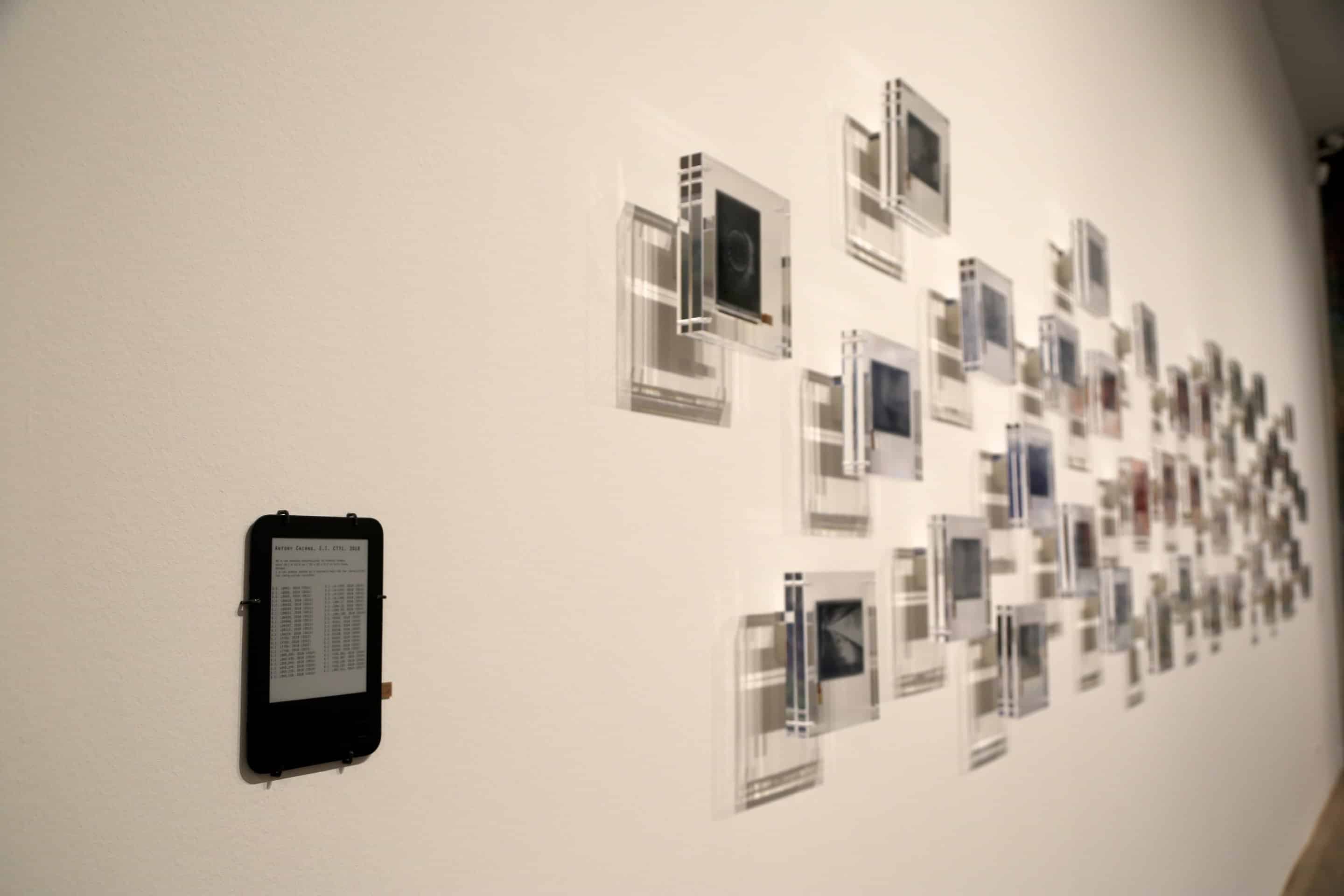
Share this post
Natasha Hall is an internationally recognized British artist with a doctorate in Contemporary Landscape Painting. She has university qualifications in the arts and the sciences who specializes in interdisciplinary collaborations with scientists, artists and the wider community to realize her projects. Through constantly exploring the limits between the arts and the sciences, from documenting the reality of being a patient, the layering of landscape and the interaction of climate change with historical accounts…she has exhibited, organised conferences and continues to be represented by the Es Baluard Museum of Contemporary Art, the Gabriel Vanrell Art Gallery in Palma de Mallorca, and is delighted to be the European Arts Editor for IRK Magazine.
Read Next


